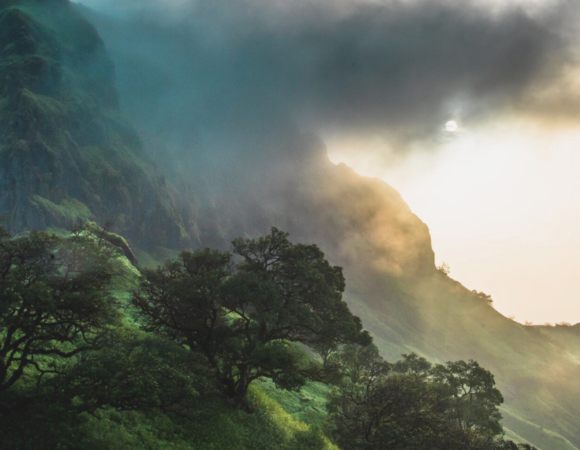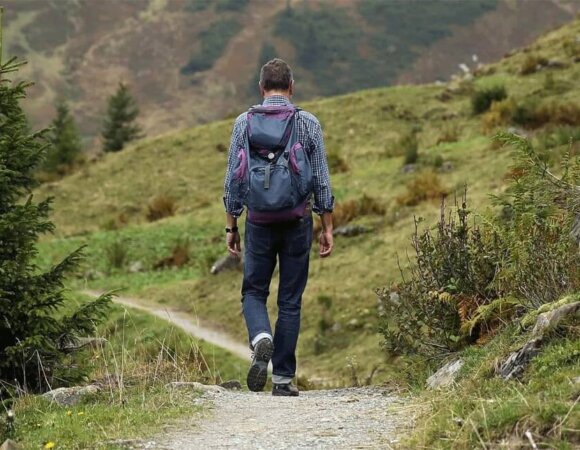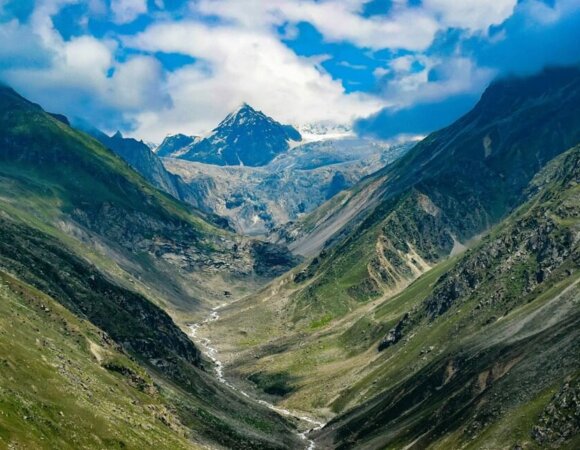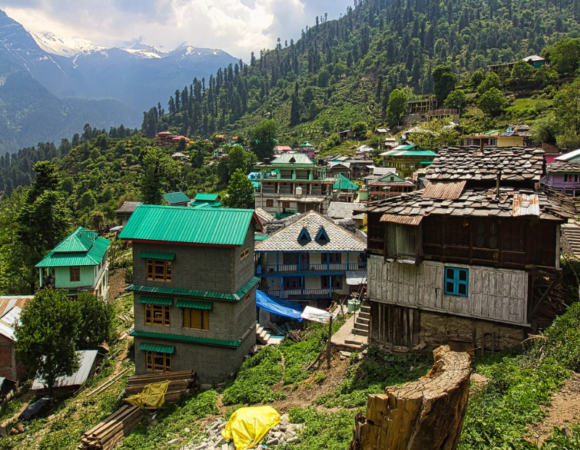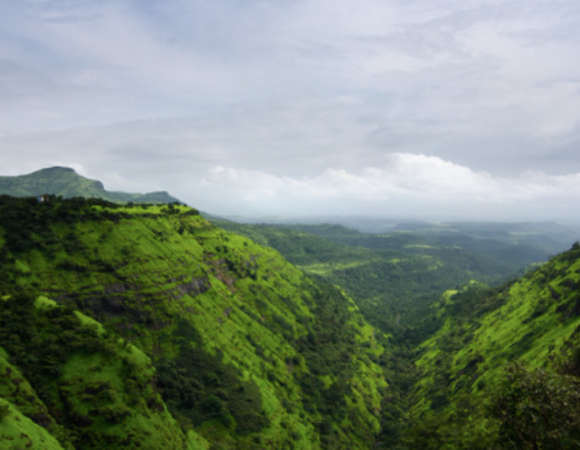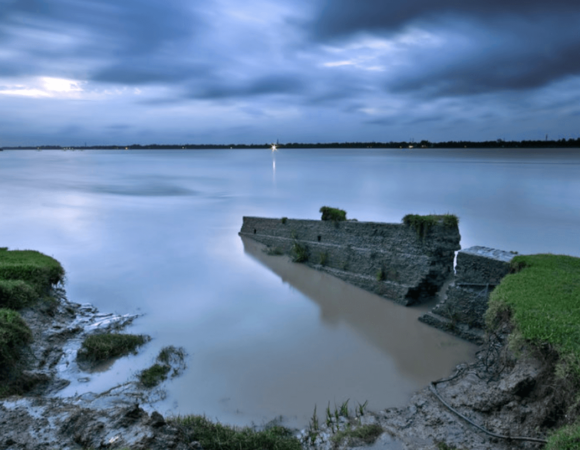Reasons to Trek the Himalayas in Spring Season
Exploring the reasons to trek the Himalayas in spring reveals why the majestic Himalayas stand as the world’s most awe-inspiring mountain range, drawing adventurers and nature enthusiasts from across the globe. While the Himalayas offer trekking opportunities year-round, the spring season (March to June) transforms these mountains into a paradise that simply cannot be missed. For those considering when to trek the Himalayas, spring emerges as the premier choice for numerous compelling reasons.
Table of Contents
Toggle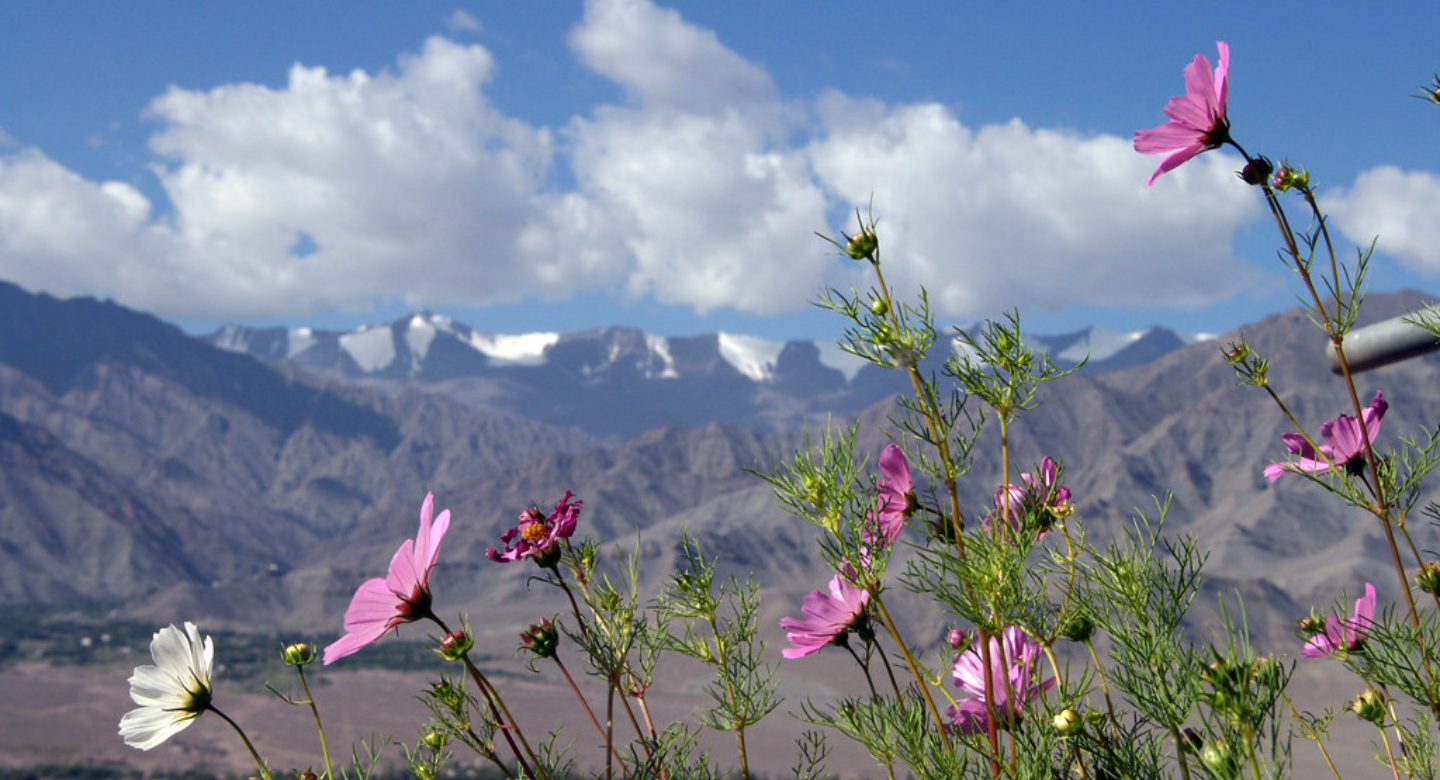
The Himalayas in spring showcase nature’s grand awakening after the harsh winter months. As snow begins to melt and life resurfaces in vibrant displays, trekkers are treated to an experience that combines comfortable weather, breathtaking vistas, and flourishing ecosystems. This blog explores the key reasons why you should plan to trek the Himalayas during this magical season, highlighting the unique experiences awaiting those who venture into these mountains during spring.
Why Spring is the Best Time for Himalayan Treks
1. Blooming Rhododendrons and Alpine Meadows
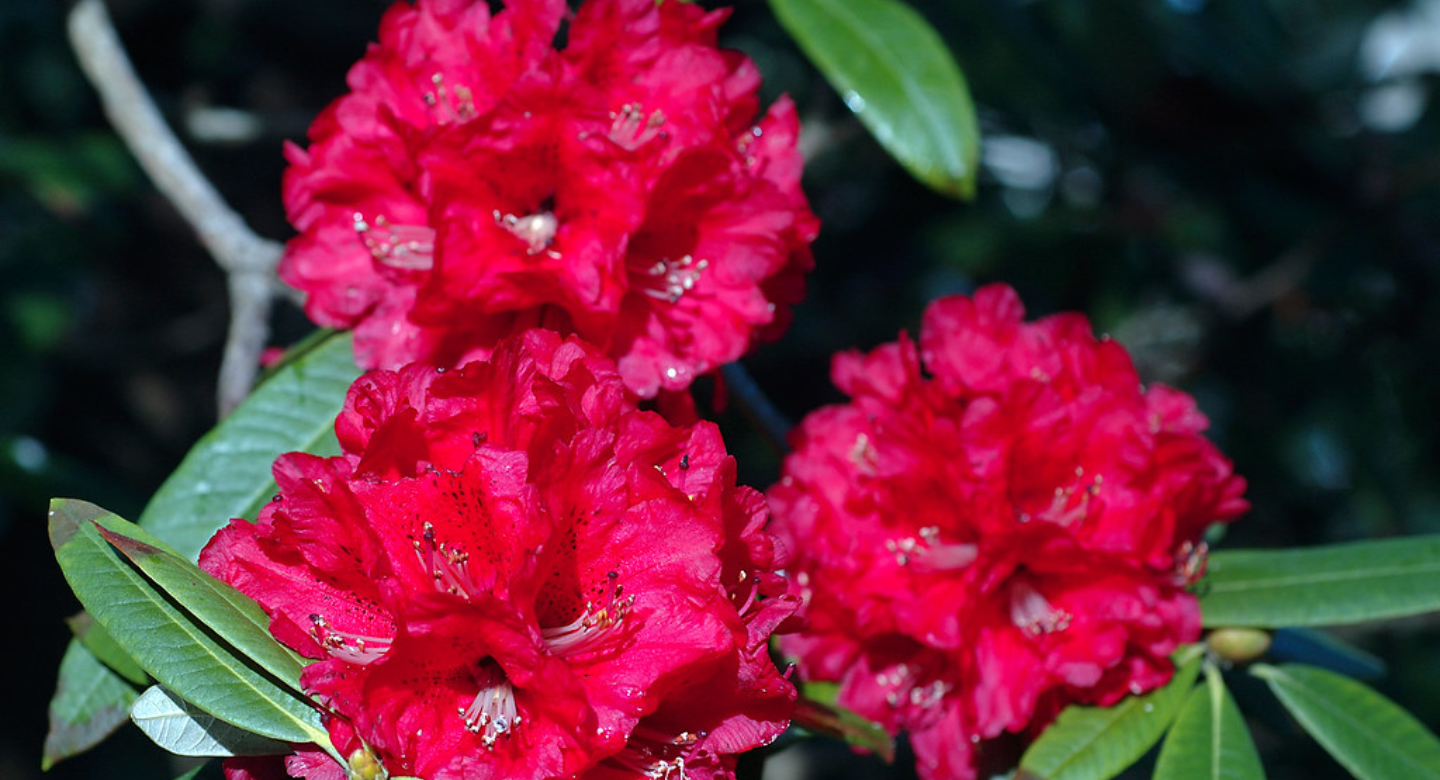
One of the most captivating reasons to trek the Himalayas in spring is the spectacular floral display that adorns the mountainsides. The Himalayan slopes transform into a canvas of red, pink, and white as rhododendron forests burst into bloom. These vibrant flowers, along with primulas, irises, and countless wildflowers, create natural corridors of color that enhance the trekking experience.
The alpine meadows, locally known as “bugyals,” present an even more mesmerizing sight during spring. Locations like Ali Bedni Bugyal, Dayara Bugyal, and the meadows around Kuari Pass become lush green carpets dotted with colorful blooms. For trekkers seeking the most vivid floral experiences, these treks stand out:
- Ali Bedni Bugyal Trek – This trek takes you through dense rhododendron forests and eventually to vast meadows that stretch as far as the eye can see.
- Dayara Bugyal Trek – Often described as India’s most beautiful high-altitude meadow, Dayara transforms into a natural paradise with flowers complementing panoramic views of snow-capped peaks.
2. Ideal Weather Conditions
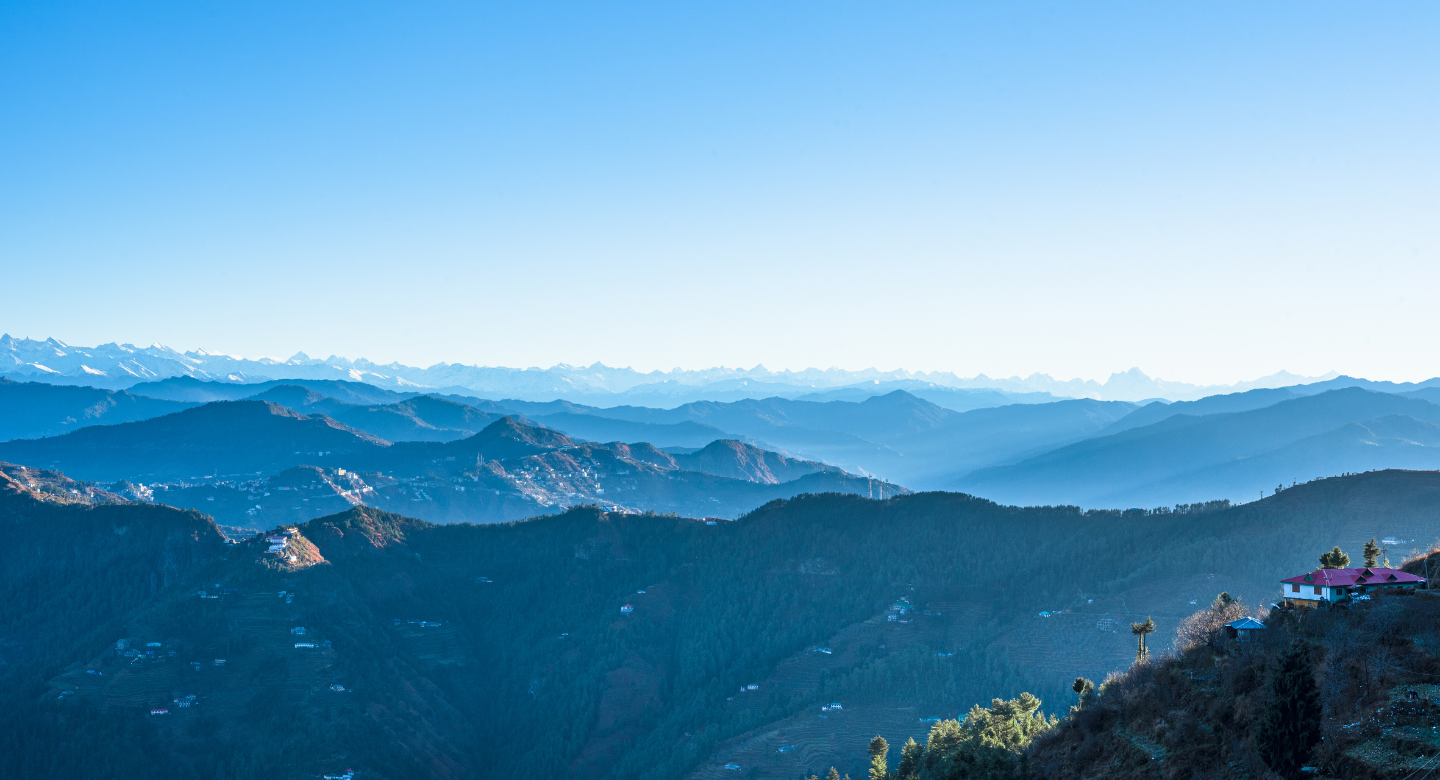
Weather plays a crucial role in determining the quality of a Himalayan trekking experience, and spring offers nearly perfect conditions. When you trek the Himalayas in spring, you benefit from:
- Moderate temperatures: Daytime temperatures typically range from 15-20°C (59-68°F), offering comfortable trekking conditions without the biting cold of winter or the sweltering heat that can occur at lower elevations during summer.
- Longer daylight hours: Spring provides extended periods of daylight, allowing trekkers to cover more ground, take their time on the trails, and fully appreciate the surroundings.
- Stable weather patterns: Spring generally presents fewer weather-related challenges compared to other seasons. The monsoon hasn’t yet arrived, and the heavy snowfall of winter has subsided, reducing the risks of landslides and trail blockages.
This optimal weather window makes spring ideal for both novice trekkers experiencing the Himalayas for the first time and seasoned adventurers looking to explore more challenging routes.
3. Spectacular Mountain Views

The Himalayas in spring offer some of the clearest mountain views of the year. As winter snow recedes and before the monsoon clouds arrive, the atmosphere becomes remarkably clear, providing unobstructed views of the world’s most impressive peaks.
Trekkers during this season are often rewarded with crystal-clear vistas of iconic mountains like Nanda Devi, Chaukhamba, Mt. Trishul, and on some routes, even glimpses of Mt. Everest. For those specifically seeking mountain panoramas, consider these routes:
- Brahmatal Trek – Famous for its high-altitude lakes that mirror magnificent peaks like Mt. Trishul and Nanda Ghunti.
- Deoriatal-Chandrashila Trek – The summit of Chandrashila offers a stunning 360-degree view encompassing major peaks including Chaukhamba, Kedarnath, Nilkantha, and Nanda Devi.
The combination of pristine skies and snow-capped summits creates postcard-perfect views that make spring an especially photogenic time to trek the Himalayas.
4. Wildlife Sightings and Vibrant Ecosystems

Spring marks a period of renewed activity in the Himalayan ecosystem. As the region thaws from winter, wildlife emerges from hibernation and migratory birds return, creating abundant opportunities for nature enthusiasts:
- The colorful Himalayan Monal (Uttarakhand’s state bird) becomes more visible as it forages in the alpine meadows.
- Chances increase of spotting elusive creatures like musk deer, Himalayan tahr, red foxes, and various mountain birds.
- Butterflies and insects add another dimension to the biodiversity display.
For wildlife enthusiasts planning to trek the Himalayas, these routes offer the best chances for sightings:
- Har Ki Dun Trek – This valley trek passes through diverse ecosystems and is known for its rich biodiversity.
- Kuari Pass Trek – Located near the edge of Nanda Devi Biosphere Reserve, this trek offers opportunities to spot Himalayan black bears and even distant sightings of leopards if you’re extremely lucky.
5. Comfortable and Accessible Trails
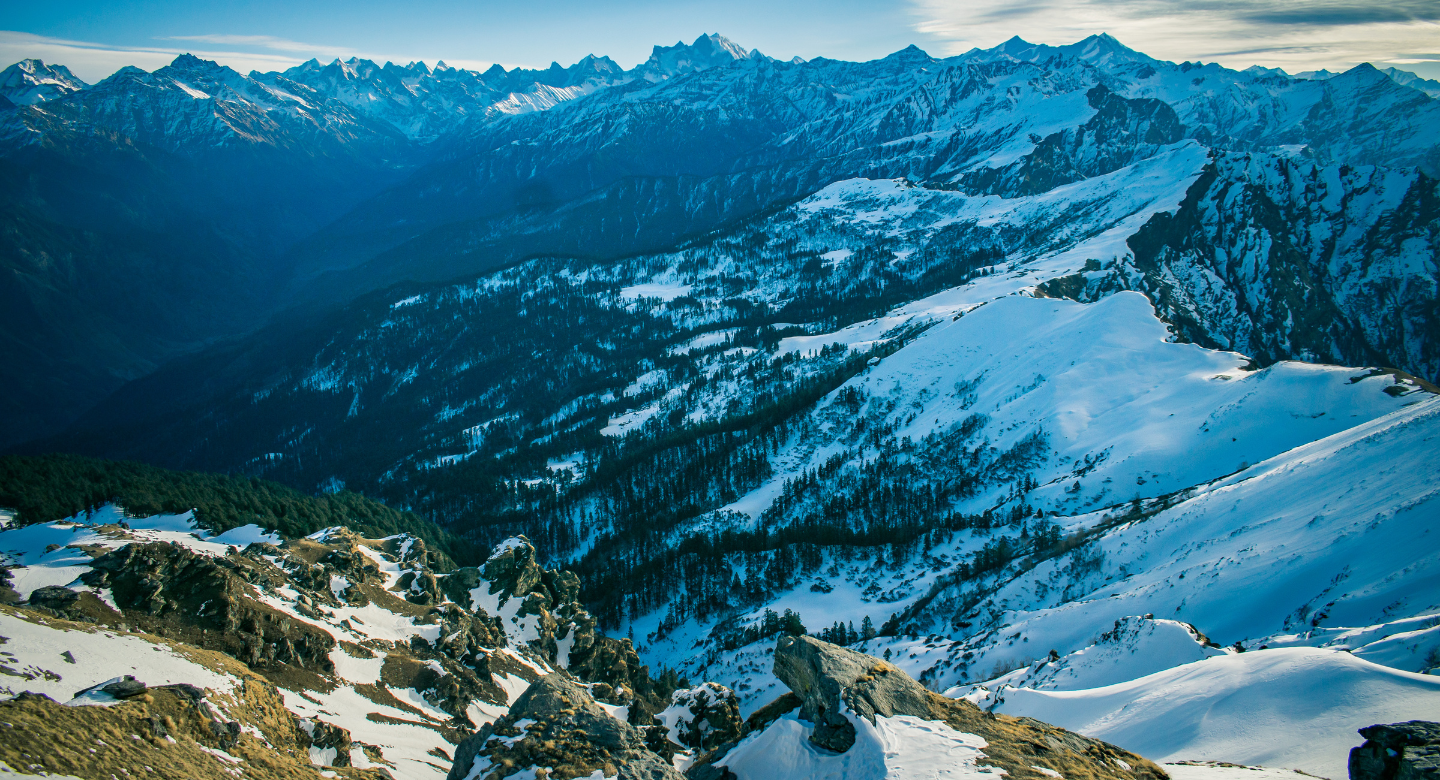
A practical reason to trek the Himalayas in spring is the improved trail conditions. As spring progresses:
- Snow melts from the lower and mid-altitude trails, making them more accessible and safer to navigate.
- Frozen streams thaw, providing access to fresh water sources along the routes.
- Unlike winter treks, spring excursions generally require less technical gear and specialized skills, opening up more routes to average trekkers.
For beginners or those seeking relatively comfortable treks, spring offers excellent options:
- Nag Tibba Trek – A perfect weekend trek with moderate difficulty yet stunning rewards.
- Deoriatal-Chandrashila Trek – Despite reaching an impressive altitude of 12,083 feet, this trek remains accessible to fit beginners.
These accessible conditions make spring an ideal time for first-time trekkers to experience the magic of the Himalayas.
6. Fewer Crowds Compared to Summer

While the Himalayas in spring offer ideal conditions, this season still sees fewer trekkers compared to the peak summer months. This relatively lighter foot traffic provides:
- A more peaceful communion with nature
- Less competition for accommodations on popular routes
- More authentic interactions with local communities
- Better opportunities for photography without crowds in the frame
For those who trek the Himalayas seeking solitude and a deeper connection with the mountains, spring offers a perfect balance of good conditions and manageable crowd levels.
7. Spring Festivals and Local Culture

The Himalayan region comes alive with cultural celebrations during spring, adding a rich cultural dimension to your trekking experience. Many local festivals coincide with the spring trekking season:
- Holi (March): The festival of colors is celebrated enthusiastically in many Himalayan villages, especially along the Nag Tibba and lower Har Ki Dun routes.
- Baisakhi (April): This harvest festival brings traditional music, dance, and feasts to villages throughout Himachal Pradesh and Uttarakhand.
- Various Buddhist festivals in Ladakh and Sikkim during late spring offer glimpses into the region’s rich religious traditions.
These cultural experiences provide trekkers with insights into local ways of life and traditions that have evolved in harmony with the mountains over centuries.
Best Himalayan Treks for Spring Season
1. Kuari Pass Trek (Uttarakhand)
The Kuari Pass Trek offers one of the most comprehensive Himalayan experiences for those planning to trek the Himalayas in spring. This moderate trek features:
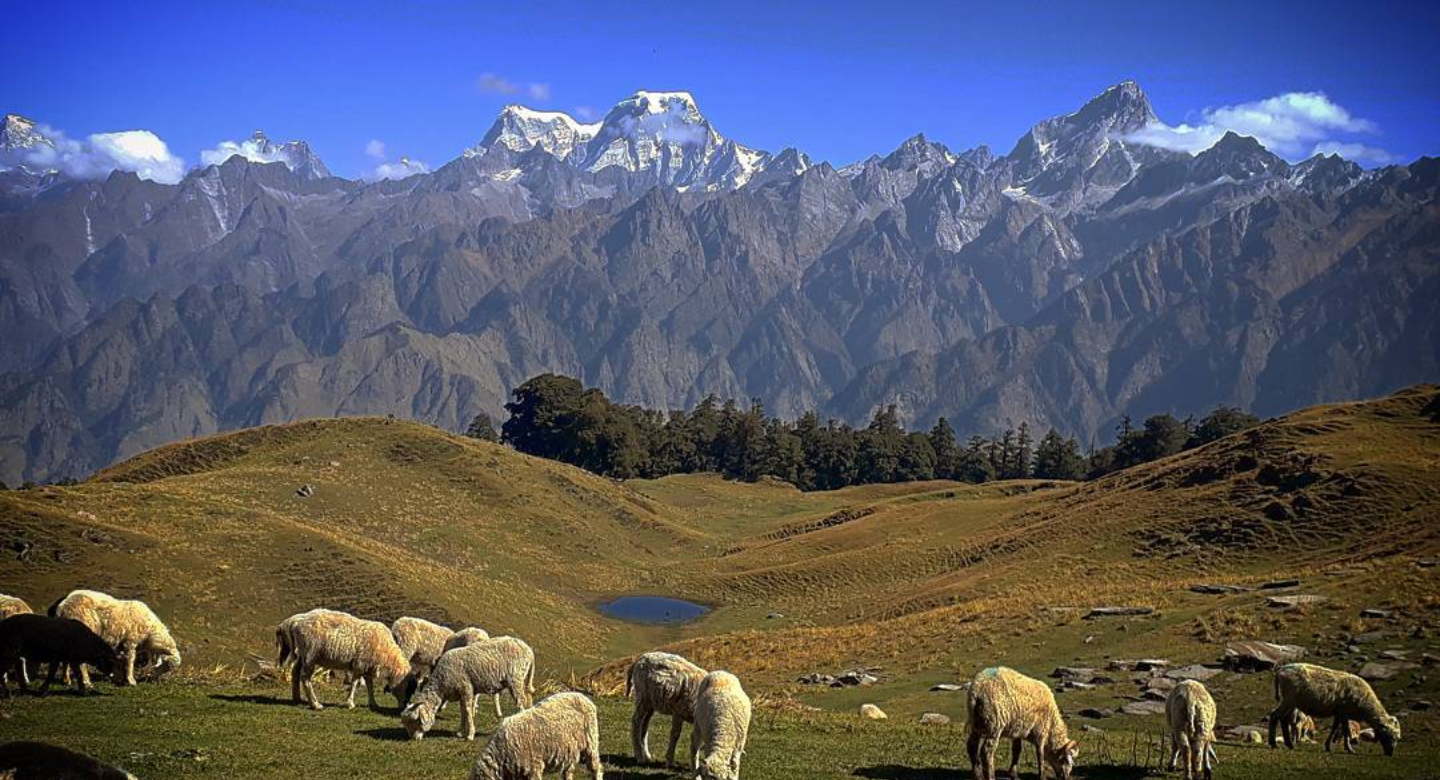
- Stunning views of prominent peaks including Nanda Devi, Dronagiri, and the distinctive Hathi-Ghoda peaks
- Lush forests of oak, pine, and rhododendron that burst with color in spring
- Charming traditional villages that provide glimpses into mountain life
- Expansive meadows that serve as perfect camping spots with panoramic views
| Difficulty Level | Moderate |
| Duration | 4-6 days |
| Maximum Altitude | 12,516 feet |
2. Ali Bedni Bugyal Trek (Uttarakhand)
For those seeking the quintessential Himalayas in spring experience, the Ali Bedni Bugyal Trek delivers:
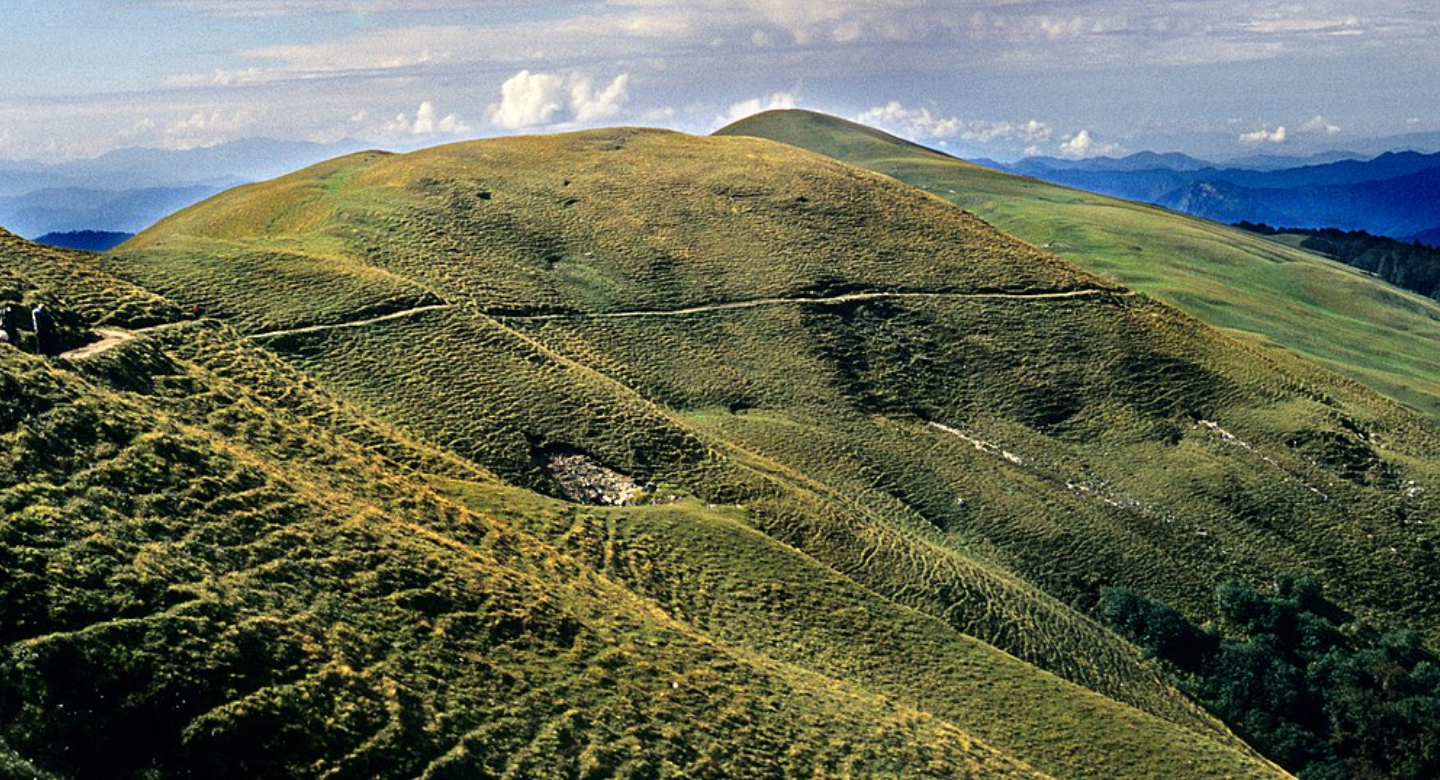
- One of India’s largest and most beautiful high-altitude meadows
- Vibrant rhododendron forests that create tunnels of color in April-May
- Spectacular views of Mt. Trishul and Nanda Ghunti
- The sacred Brahmatal lake surrounded by pristine wilderness
| Difficulty Level | Moderate |
| Duration | 5-6 days |
| Maximum Altitude | 12,385 feet |
3. Deoriatal Chandrashila Trek (Uttarakhand)
A perfect introduction for those new to Himalayan trekking, this route combines:
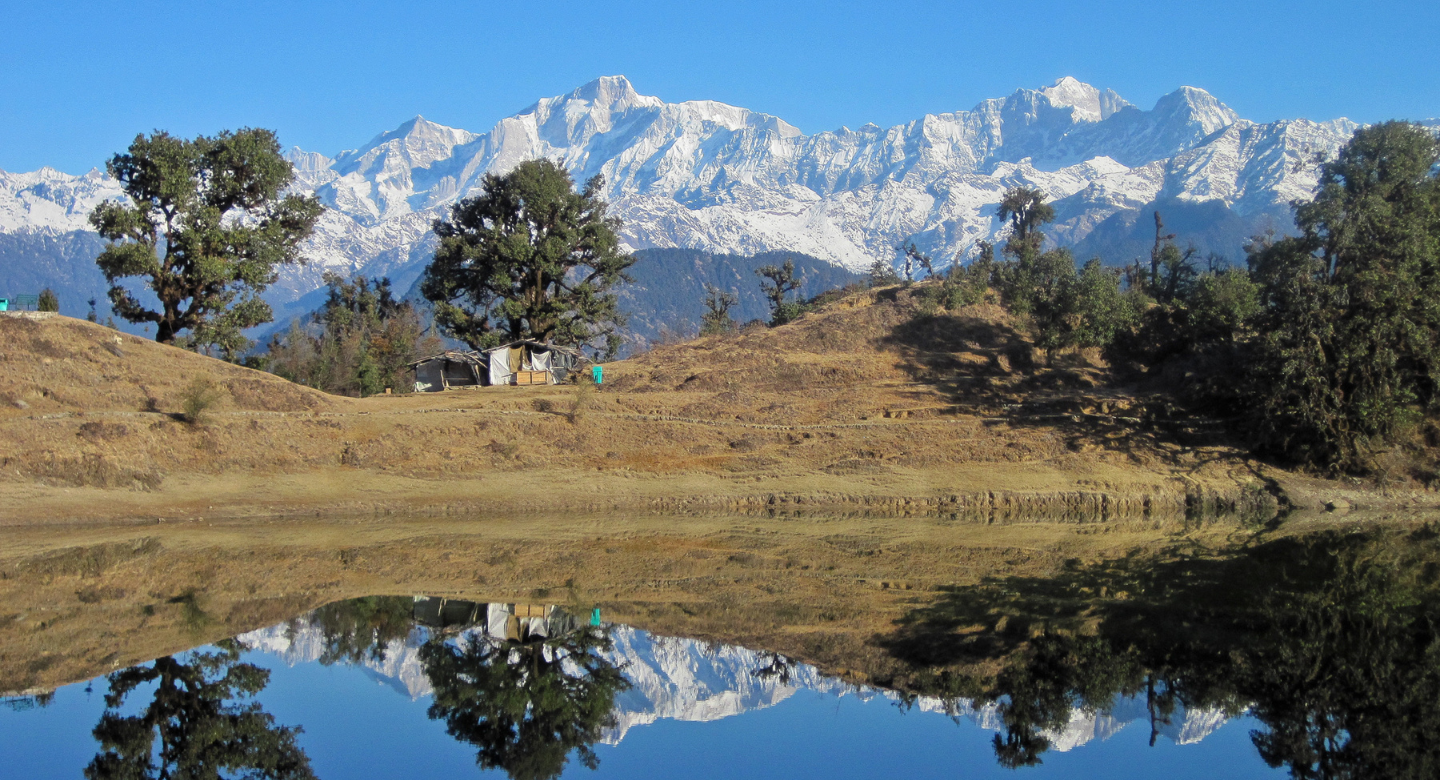
- The beautiful Deoriatal lake reflecting the majestic Chaukhamba peak
- A summit climb to Chandrashila peak with its ancient Tungnath temple
- Diverse forests full of spring blossoms and wildlife
- Relatively easy trails that still reach impressive altitudes
| Difficulty Level | Easy to Moderate |
| Duration | 4-5 days |
| Maximum Altitude | 12,083 feet |
4. Har Ki Dun Trek (Uttarakhand)
Often called the “Valley of Gods,” this trek offers:

- Ancient villages with unique architecture dating back hundreds of years
- Cultural insights into communities that have preserved traditional ways of life
- Diverse ecosystems ranging from dense forests to alpine valleys
- Rich opportunities for wildlife sightings in spring
| Difficulty Level | Moderate |
| Duration | 7-8 days |
| Maximum Altitude | 11,675 feet |
5. Dayara Bugyal Trek (Uttarakhand)
Perfect for those who want to trek the Himalayas with a focus on meadow landscapes:

- Vast rolling meadows that stretch for miles, often compared to Switzerland
- Oak and rhododendron forests teeming with birdlife in spring
- Views of prominent peaks including Bandarpoonch and Gangotri range
- Gentle slopes perfect for photography and leisurely exploration
| Difficulty Level | Easy to Moderate |
| Duration | 4-5 days |
| Maximum Altitude | 12,057 feet |
6. Brahmatal Trek (Uttarakhand)
A trek that offers exceptional value during spring:

- High-altitude lakes partially frozen in early spring, creating mirror-like reflections
- Some of the best camping locations in the Himalayas
- Clearings offering direct views of major peaks
- Dense rhododendron forests that bloom progressively as you gain altitude
| Difficulty Level | Moderate |
| Duration | 4-6 days |
| Maximum Altitude | 12,250 feet |
7. Nag Tibba Trek (Uttarakhand)
The perfect weekend getaway for those with limited time:

- The highest peak in the lower Himalayan region of Uttarakhand
- A complete mountain experience condensed into a short trek
- Clear views of Bandarpoonch, Swargarohini, and Gangotri peaks
- Accessible trail perfect for beginners and families
| Difficulty Level | Easy to Moderate |
| Duration | 2-3 days |
| Maximum Altitude | 9,915 feet |
Essential Tips for Trekking in Spring
To make the most of your journey when you trek the Himalayas in spring, keep these essential tips in mind:
Pack for Variable Weather
Spring in the Himalayas means comfortable days but potentially cold nights. Bring:
- Layered clothing that can be adjusted as temperatures change
- A good quality waterproof jacket for unexpected showers
- Sturdy waterproof trekking shoes with ankle support
- Sun protection (hat, sunglasses, sunscreen) as spring sun at altitude is intense
Practice Eco-Friendly Trekking
The Himalayas in spring are especially vulnerable as new growth emerges:
- Follow “Leave No Trace” principles rigorously
- Never pluck wildflowers or disturb wildlife
- Use biodegradable soaps and shampoos
- Carry all waste back with you, especially non-biodegradable items
Acclimatize Properly
Even in spring, altitude sickness remains a risk:
- Plan for gradual ascents, especially above 8,000 feet
- Stay well-hydrated throughout your trek
- Consider adding acclimatization days to your itinerary
- Know the symptoms of altitude sickness and be prepared to descend if necessary
Book in Advance
The ideal conditions that make spring perfect to trek the Himalayas also make it popular:
- Reserve accommodations and guides 2-3 months in advance
- Check permit requirements, as some areas require special permissions
- Consider booking through reputable trekking agencies for a smoother experience
Conclusion on Reasons to Trek the Himalayas in Spring Season
The Himalayas in spring offer a perfect symphony of natural beauty, comfortable conditions, and rich cultural experiences. From the vibrant rhododendron blooms to crystal-clear mountain views, from accessible trails to encounters with awakening wildlife, spring presents the Himalayan region at its most welcoming and diverse.
When you trek the Himalayas during this magical season, you witness the mountains in transition—a period of renewal and vibrance that captures the essence of these magnificent ranges. Whether you’re a first-timer looking to experience high-altitude trekking or a seasoned mountaineer seeking new perspectives, spring in the Himalayas delivers experiences that will remain etched in your memory forever.
The combination of moderate temperatures, stable weather, stunning floral displays, and breathtaking vistas makes spring the perfect season to embark on a Himalayan adventure. So pack your bags, lace up your boots, and prepare to trek the Himalayas during its most enchanting season!
Have you trekked the Himalayas in spring? Share your favorite trek or experience in the comments below!
Frequently Asked Questions (FAQs) on Reasons to Trek the Himalayas in Spring Season
What months are considered the spring season in the Himalayas?
Spring in the Himalayas typically spans from March to early June. This period offers mild weather, blooming flowers, and clearer trails, making it ideal for trekking.
Is spring a good time for beginner trekkers in the Himalayas?
Yes, spring is an excellent time for beginners. The weather is moderate, and many treks like Nag Tibba, Dayara Bugyal, and Deoriatal-Chandrashila are well-suited for first-time trekkers.
What kind of weather should I expect during spring treks?
Expect cool mornings and evenings with pleasant daytime temperatures (10°C to 20°C). Snow might still be visible at higher altitudes in early spring.
Are there any spring treks that offer snow views?
Absolutely! Treks like Brahmatal, Kuari Pass, and Deoriatal-Chandrashila still have lingering snow in March and early April, offering a great blend of green trails and white peaks.
Do I need special gear for spring treks?
You’ll need layered clothing, a light down jacket, waterproof shoes, and sunglasses/sunscreen. Snow gaiters or microspikes may be helpful for early spring treks with snow patches.
Are spring Himalayan treks crowded?
Spring is less crowded than summer and autumn, especially in March and early April. It’s perfect for those seeking peaceful trails and quieter campsites.
Will I see wildflowers on all spring treks?
Most spring treks in Uttarakhand, like Ali Bedni Bugyal, Dayara Bugyal, and Har Ki Dun, are famous for blooming rhododendrons and alpine flowers, especially in April and May.
Is it safe to trek in the spring season?
Yes, it’s one of the safest seasons to trek, with stable weather and fewer landslides. However, always go with a certified guide or trek operator, especially if you’re new to trekking.
Can I experience local culture during a spring trek?
Definitely! Spring coincides with regional festivals like Holi and Baisakhi. Treks like Har Ki Dun and Kuari Pass pass through traditional villages, offering authentic cultural experiences.

